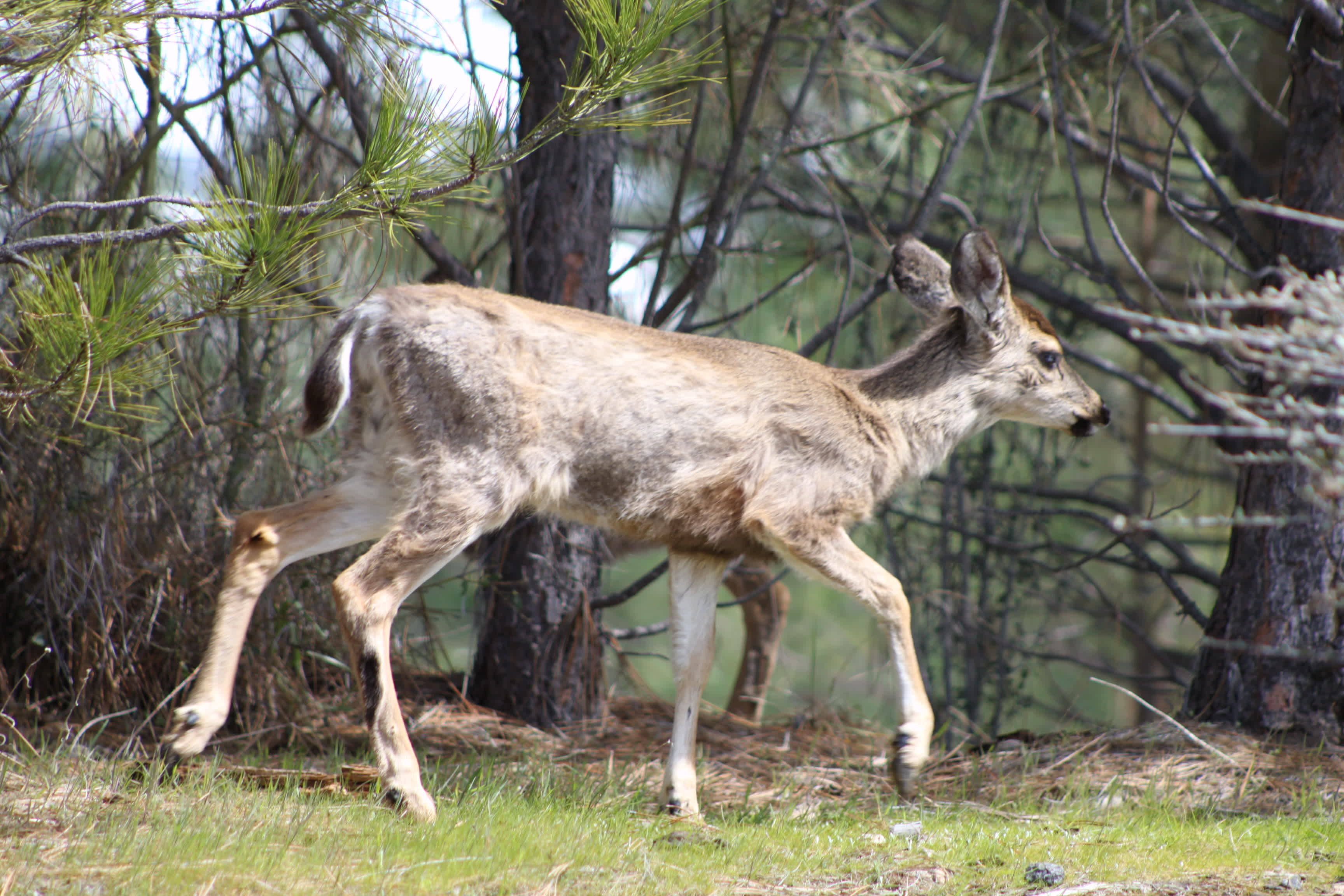Exotic Lice Causes Deer to Suffer Hair Loss and Low Survival Rates
OutdoorHub Reporters 05.29.13

Deer in some western states are suffering a “new” affliction, and this time around it is caused not by a virus but instead tiny, parasitic lice.
In a press release published earlier this month, biologists from the California Department of Fish and Wildlife voiced their concern over a mysterious “hair loss” affliction that is caused by non-native lice, and occasionally, internal parasites. Information is being shared by the department with other wildlife agencies in nearby states in an attempt to gauge the severity of the problem, and just how exactly the lice arrived.
Apparently the lice is a variety of species often found in Europe and Asia, and can cause severe irritation in both livestock and wildlife. Deer respond to their new guests by scratching and rubbing against trees, sometimes even biting off tufts of fur. As a symptom, deer appear to be balding or otherwise sport tattered coats. Elk are also affected, but not as severely and only suffering minor hair loss.
“Some of us speculate that the louse-infested deer spend so much time grooming they become easy targets of predation by coyotes or mountain lions,” said CDFW senior wildlife biologist, Greg Gerstenberg. “While this theory is still under investigation, what we do know is that the louse has impacted migratory populations of California deer which now have a low fawn survival rate, making it difficult to replenish the herd.”
Over the past four years researchers have gathered samples from over 600 affected deer and elk across California, as well as applying radio collars in an effort to gather more information on the spread of the lice. It is hoped that this information will help biologists predict trends and find solutions.
To the north in the state of Washington, black-tailed deer bear the brunt of the new itchy menace. Much like in California, lice infestations occur largely in winter and spring and are especially deadly to fawns. It is suspected that the lice played a factor in lowering the deer populations of Yakima and Kittitas counties by nearly half in the last few years. The lice does not seem to affect humans or domestic animals, and captive deer can be treated with medication. For wild populations, however, there is not practical way to disperse treatment.

